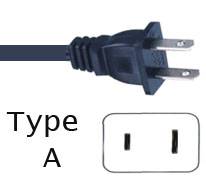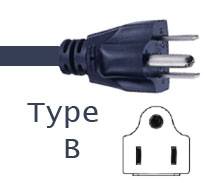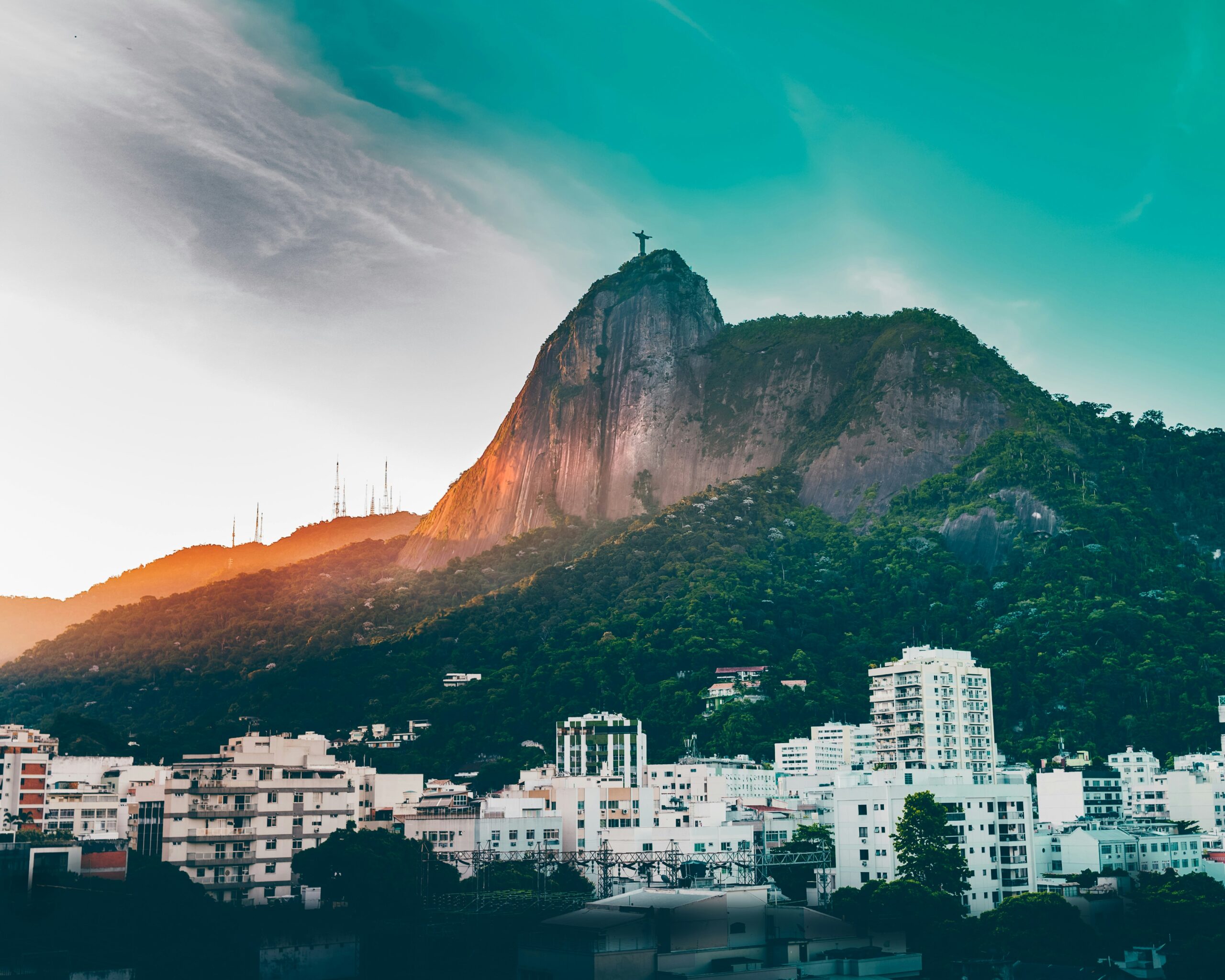Colombia, located in the northwest corner of South America, is a country of stunning natural beauty, rich cultural heritage, and warm hospitality. From the vibrant streets of Bogotá to the lush coffee plantations of the Zona Cafetera and the pristine beaches of the Caribbean coast, Colombia offers travelers a diverse range of experiences. Explore the colonial charm of Cartagena, hike through the rugged landscapes of the Andes Mountains, or discover the unique biodiversity of the Amazon Rainforest. With its colorful festivals, flavorful cuisine, and lively music scene, Colombia invites visitors to immerse themselves in its vibrant culture and captivating landscapes.
Ultimate Colombia Travel Guide
Destinations
Best time to go
The best time to visit Colombia depends on the region and the activities you have planned. Generally, the dry season (December to March and July to August) is ideal for visiting coastal areas and exploring cities, while the shoulder seasons of April to June and September to November offer pleasant weather and fewer crowds. Keep in mind that Colombia’s climate varies widely depending on the region, so it’s essential to research specific destinations before planning your trip.
Average Temperature By Month
January: 18°C to 27°C (64°F to 81°F)
February: 18°C to 27°C (64°F to 81°F)
March: 18°C to 27°C (64°F to 81°F)
April: 18°C to 27°C (64°F to 81°F)
May: 18°C to 27°C (64°F to 81°F)
June: 18°C to 27°C (64°F to 81°F)
July: 18°C to 27°C (64°F to 81°F)
August: 18°C to 27°C (64°F to 81°F)
September: 18°C to 27°C (64°F to 81°F)
October: 18°C to 27°C (64°F to 81°F)
November: 18°C to 27°C (64°F to 81°F)
December: 18°C to 27°C (64°F to 81°F)
What To Expect
Time Zone:
Colombia operates on Colombia Standard Time (COT), which is five hours behind Coordinated Universal Time (UTC-5).
Currency:
The official currency of Colombia is the Colombian Peso (COP). Credit cards are widely accepted in major cities and tourist areas, but it's advisable to carry cash for smaller purchases and when visiting rural areas.
Language:
Spanish is the official language of Colombia and is spoken by the majority of the population. English is also spoken, particularly in tourist areas and among those working in the tourism industry, but proficiency may vary.
Airport:
Colombia has several major international airports, including El Dorado International Airport (BOG) in Bogotá, José María Córdova International Airport (MDE) in Medellín, and Rafael Núñez International Airport (CTG) in Cartagena. These airports serve as gateways to Colombia and offer connections to destinations around the world.
How To Get Around
Public Transportation: Colombia’s major cities have comprehensive public transportation systems, including buses, subways, and trams. In Bogotá, the TransMilenio bus system is the most common mode of transportation. In more rural areas, transportation options may include minibusses and shared taxis.
Rental Cars: Renting a car is a convenient option for exploring Colombia independently, especially in rural areas and regions with limited public transportation. Several car rental agencies operate at airports and in major cities.
Domestic Flights: Domestic flights are available between major cities and regional airports. Several airlines operate domestic routes, providing convenient connections across the country.
Average Temperature By Month:
January: 18°C to 27°C (64°F to 81°F)
February: 18°C to 27°C (64°F to 81°F)
March: 18°C to 27°C (64°F to 81°F)
April: 18°C to 27°C (64°F to 81°F)
May: 18°C to 27°C (64°F to 81°F)
June: 18°C to 27°C (64°F to 81°F)
July: 18°C to 27°C (64°F to 81°F)
August: 18°C to 27°C (64°F to 81°F)
September: 18°C to 27°C (64°F to 81°F)
October: 18°C to 27°C (64°F to 81°F)
November: 18°C to 27°C (64°F to 81°F)
December: 18°C to 27°C (64°F to 81°F)
Plugs:
Colombia uses electrical outlets that are compatible with Type A and Type B plugs. Type A plugs have two flat parallel pins, while Type B plugs have two flat parallel pins and a grounding pin. The standard voltage is 110 volts AC, with a frequency of 60Hz.
VPN:
While Colombia generally has unrestricted internet access, using a virtual private network (VPN) can provide added security and privacy, especially when accessing public Wi-Fi networks.
Safety:
Colombia has made significant strides in improving safety and security in recent years, but certain areas may still have safety concerns related to crime and civil unrest. It's essential to research your destination and exercise caution, particularly in urban areas and remote regions. Avoid displaying valuables in public, be vigilant of your surroundings, and use reputable transportation services. Additionally, follow local laws and regulations, respect cultural customs, and stay informed about any travel advisories or alerts issued by authorities.
Credit Cards and Banks
Credit Cards:
Credit card acceptance in Colombia is widespread, especially in urban areas, tourist destinations, hotels, restaurants, and larger shops. Visa and MasterCard are the most commonly accepted cards, followed by American Express and Diners Club. Contactless payments, including Apple Pay and Google Pay, are also becoming increasingly common.
Debit Cards:
Debit cards are commonly used in Colombia for ATM withdrawals and some purchases. Most banks issue debit cards that can be used domestically and internationally. Make sure to inform your bank of your travel plans to avoid any issues with card usage abroad.
ATMs:
ATMs are readily available in cities, towns, and tourist areas throughout Colombia, allowing you to withdraw Colombian Pesos (COP). Most ATMs accept international cards, but it’s advisable to use ATMs located inside banks or major shopping centers for security. Some ATMs may have withdrawal limits, so plan accordingly.
Currency Exchange:
The official currency of Colombia is the Colombian Peso (COP). It’s recommended to exchange your currency to Colombian Pesos upon arrival in Colombia. You can exchange major foreign currencies at banks, currency exchange booths, and some hotels.
Banks:
Major banks in Colombia include:
- Bancolombia: One of the largest banks in Colombia, Bancolombia offers a wide range of banking services including savings accounts, loans, and foreign exchange.
- Davivienda: Another prominent bank in Colombia, Davivienda provides various banking products and services for individuals and businesses.
Traveler’s Checks:
Traveler’s checks are becoming less common worldwide, and their usage is limited in Colombia. It’s recommended to carry cash or use alternative payment methods such as credit/debit cards or ATMs for transactions. However, some banks may still offer services for cashing traveler’s checks, albeit with a fee.
Tips for Banking in Colombia:
- Notify your bank before traveling to Colombia to inform them of your travel plans and avoid any issues with card usage abroad.
- Keep your PIN and card information secure, and be cautious when using ATMs, especially in secluded areas or at night.
- Familiarize yourself with the current exchange rate to ensure fair transactions when exchanging currency.
- Carry small denominations of Colombian Pesos for smaller purchases, as change may be limited.
By understanding the banking system in Colombia, you can ensure a smooth and hassle-free financial experience during your travels in the country.
Locations
Colombia
TRAVEL FACTS
US State Dept Travel Advisory
The US Department of State currently recommends US citizens Reconsider Travel due to crime and terrorism. Exercise increased caution due to civil unrest and kidnapping. Some areas have increased risk.
https://travel.state.gov/content/travel/en/traveladvisories/traveladvisories.html
Passport/Visa Requirements
For the latest passport and visa requirements for this country, please consult the U.S. State Department’s “Learn About Your Destination” search tool, available through the link below.
US Embassy/Consulate
[57] (1) 275-2000; US Embassy in Bogota, Carrera 45 No. 24B-27 Bogotá, D.C. Colombia; https://co.usembassy.gov/; ACSBogota@state.gov
LGBTQIA+ Travelers
Telephone Code
57
Local Emergency Phone
119
Vaccinations
The CDC and WHO recommend the following vaccinations for Colombia: hepatitis A, hepatitis B, typhoid, yellow fever, rabies, meningitis, polio, measles, mumps and rubella (MMR), Tdap (tetanus, diphtheria and pertussis), chickenpox, shingles, pneumonia, COVID-19, and influenza.
Climate
Tropical along coast and eastern plains; cooler in highlands
Currency (Code)
Pesos (COP)
Electricity/Voltage/Plug Type(s)
110 V / 60 Hz / plug types(s): A, B


Major Languages
Spanish
Major Religions
Roman Catholic 79%, Protestant 14%
Time Difference
UTC-5 (same time as Washington, DC, during Standard Time)
Potable Water
Opt for bottled water
International Driving Permit
Suggested; additionally, if you plan to drive in Colombia, you will need an Inter-American Driving Permit issued by the AAA
Road Driving Side
Right
Tourist Destinations
Salt Cathedral; Tayrona National Park; Monserrate; Santuario de Las Lajas; Los Nevados National Park; Cartagena; Cano Cristales; Qhapaq Nan/Andean Road System; San Agustin Archaeological Park; National Archeological Park of Tierradentro
Major Sports
Soccer, boxing, shooting sports, taekwondo, wrestling, tejo (involves throwing a disc at a small target)
Cultural Practices
Shake hands when you meet someone for the first time. Kissing on the cheek is very informal, and it’s only acceptable when you already know the person.
Tipping Guidelines
A 10% tip is common at restaurants. Taxi drivers are rarely tipped. An appropriate tip for a porter/bellboy is about $1 (USD) per bag.
Souvenirs
Crocheted mochila bags, handwoven and mola fabric items, leather goods, silver/gold filigree and precious stone jewelry, ceramics, carved wooden statues, musical instruments, Tagua plant carved items, coconut-sourced goods, coffee
Traditional Cuisine
Ajiaco — a soup made with chicken, three varieties of potatoes, and guasca (an herb); typically garnished with capers, avocado slices, corn on the cob, or cream
Please visit the following links to find further information about your desired destination.
World Health Organization (WHO) – To learn what vaccines and health precautions to take while visiting your destination.
US State Dept Travel Information – Overall information about foreign travel for US citizens.
To obtain an international driving permit (IDP). Only two organizations in the US issue IDPs:
American Automobile Association (AAA) and American Automobile Touring Alliance (AATA)
How to get help in an emergency?
Contact the nearest US embassy or consulate, or call one of these numbers:
from the US or Canada – 1-888-407-4747 or from Overseas – +1 202-501-4444
Central Intelligence Agency.
The World Factbook.
/the-world-factbook
(May 8, 2024)



